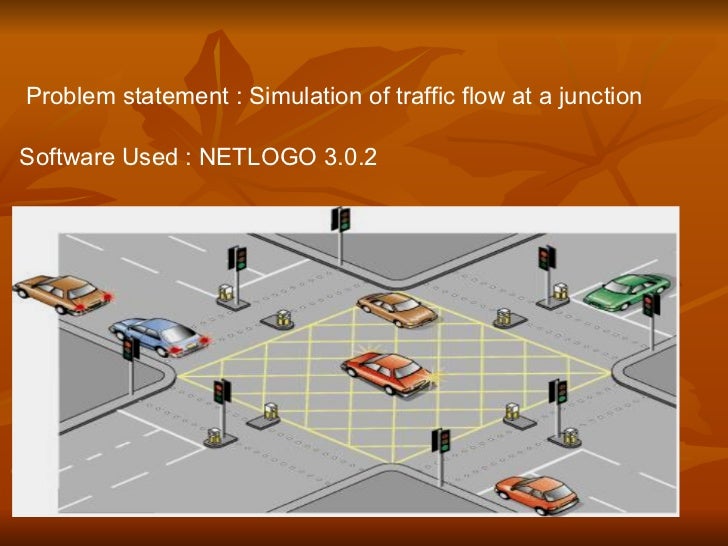

Although state-of-the-art formalisms have been developed to handle such kinds of hazardous situations intelligently and rescue the victims. Situation-aware systems observe/perceive dynamic changes in the environment, understand/comprehend the situation, and perform actions according to the environment. In recent years, with the advent of the pervasive computing paradigm, situation-awareness has been considered to be the most fascinating approach for situation assessment and provides decision support accordingly. Over the years, people have been developing guidelines and processes to cope up with such kinds of hazardous situations. Timely disaster response plays an important role in reducing its deteriorate after-effects and can save countless lives. Informed with appropriate empirical data relating to the behavior of individual agents, the geography and the specific policy interventions, the model has the potential to aid policymakers in examining the effectiveness of different BRT schemes, applied to broader environments.Ī natural disaster is an inevitable situation that can occur at any time and anywhere along with varied forms such as earthquakes, floods, hurricane, wildfire, and so forth, and different level of occurrences has been recorded from mild to an intense level. We see that the addition of an exclusive bus lane results in significant improvements for both car users and bus riders. We find that, under our assumptions, these policies can result in significant improvements in terms of individual journey times, modal shift, and length of rush hour.

The model allows us to test the effects of multiple assumptions about the behaviors of individual agents as they respond to different incentives introduced by BRT policy changes, such as the implementation of exclusive bus lanes, increased bus frequency, pre-boarding ticket machines and express stops, separately and together. To investigate the potential for these primary and secondary impacts, we develop a prototype agent-based model to investigate the nature of these interactions and how they play out into system-wide patterns of modal share and travel times. However, a secondary impact may also exist remaining car users may be presented with less congested road space, improving their journey times and simultaneously acting as an incentive for some bus-users to revert to the car. These schemes typically involve the reallocation of road space for exclusive use by buses, presenting commuters with potentially competing incentives: buses on BRT routes can run faster and more efficiently than buses running in general traffic, potentially attracting commuters to public transit and reducing congestion through modal shift from cars. The introduction of Bus Rapid Transit (BRT), typically involving the use of exclusive bus lanes and related bus priority measures, is increasingly advocated as a flexible and cost-effective way of improving the attractiveness of public transit in congested urban areas by reducing travel times and variability.


 0 kommentar(er)
0 kommentar(er)
